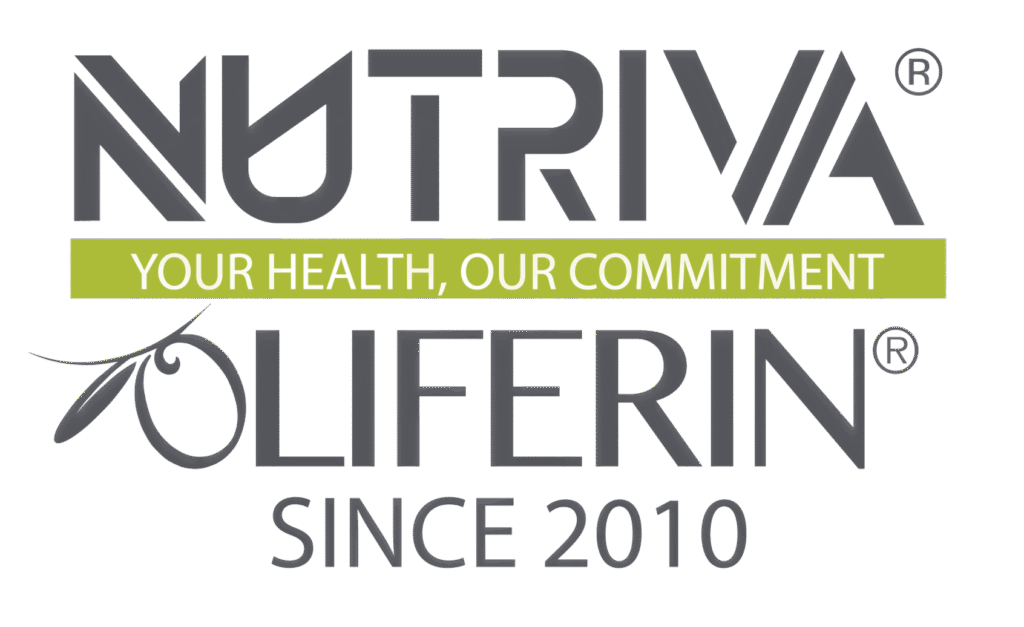What Comes with Extra Weight or Fat?

By Nutritionist Jaden
Overweight and obesity are defined as abnormal or excessive fat accumulation that presents a risk to health. According to National Health and Morbidity Survey (NHMS) 2019 by Ministry of Health Malaysia, about half of Malaysian adults are overweight or obese, with 30.4% overweight and 19.7% obese.
Being overweight or obese can have serious impact on heath and one of the main risk factors for non-communicable diseases (NCDs). Carrying extra fat leads to serious health consequences such as cardiovascular disease (mainly heart disease and stroke), type 2 diabetes, musculoskeletal disorders like osteoarthritis, and some cancers (endometrial, breast and colon). These conditions cause premature death and substantial disability.
As the excess weight or fat increases, the risk of health problems rises. Many of these conditions cause long-term suffering for individuals and families. In addition, the costs for the health care system can be extremely high.
Overweight and obesity can be caused by several factors, however the controllable variables are mainly on the diet and physical activity. If you consume high amounts of energy, particularly fat and sugars, but do not burn off the energy through exercise and physical activity, much of the surplus energy will be stored by the body as fat.
In general, men have a higher lean tissue to body fat than women. The reason for this is due to the reproduction roles where women would need more body fat percentage. Two persons with the same body fat percentage does not equates to both having similar physical appearances, as they would possess different muscle mass.
The ideal body fat percentage for a man and woman based on their life stages is classified as below:
|
Age |
Ideal Body Fat Percentage |
|
|
Man |
Woman |
|
|
20-39 |
8-19% |
21-32% |
|
40-59 |
11-21% |
23-33% |
|
60-79 |
13-24% |
24-35% |
Fortunately, overweight and obesity are largely preventable. The key to success is to achieve an energy balance between calories consumed and calorie used.
To achieve the goal, people can:
- limit energy intake by taking lesser calorie
- shift saturated fat to unsaturated fat
- increase consumption of fruits and vegetables, legumes, whole grains and nuts
- limit sugar intake
- increase physical activity level to at least 30 minutes of regular, moderate-intensity activity on most of the days
References:
Retrieved from
- https://iku.moh.gov.my/images/IKU/Document/REPORT/NHMS2019/Report_NHMS2019-NCD_v2.pdf
- https://www.who.int/news-room/questions-and-answers/item/obesity-health-consequences-of-being-overweight#:~:text=Carrying%20extra%20fat%20leads%20to,premature%20death%20and%20substantial%20disability
- https://www.cliqueclinic.com/blog/body-fat-percentage
